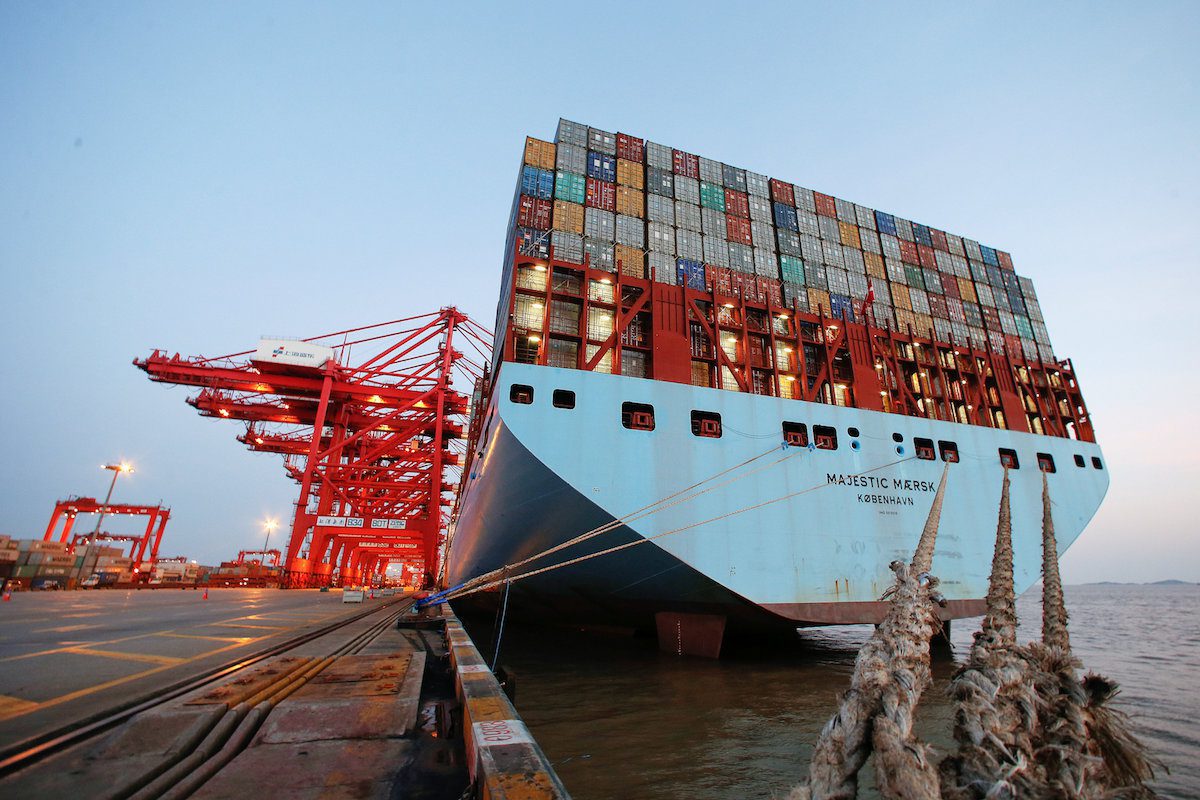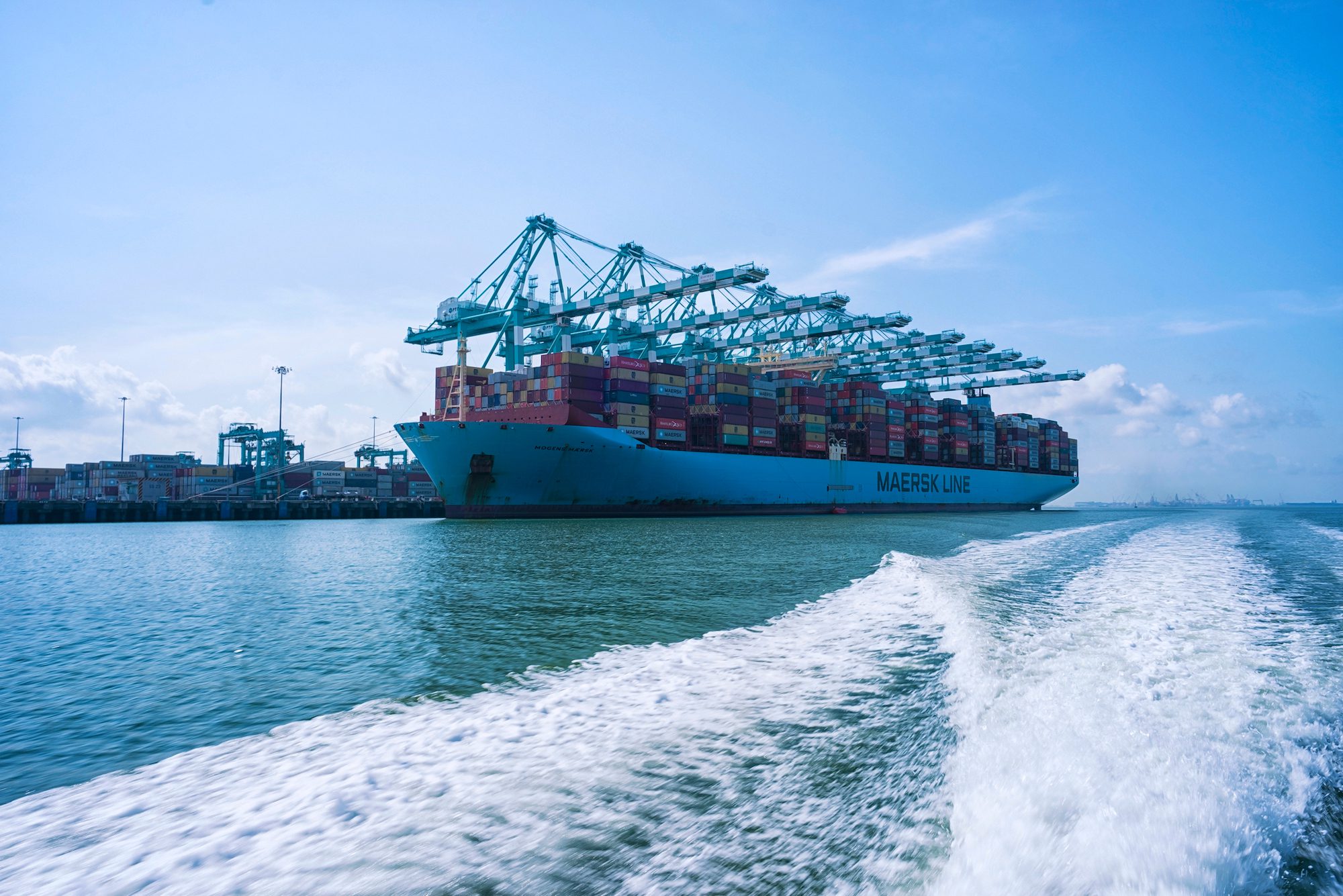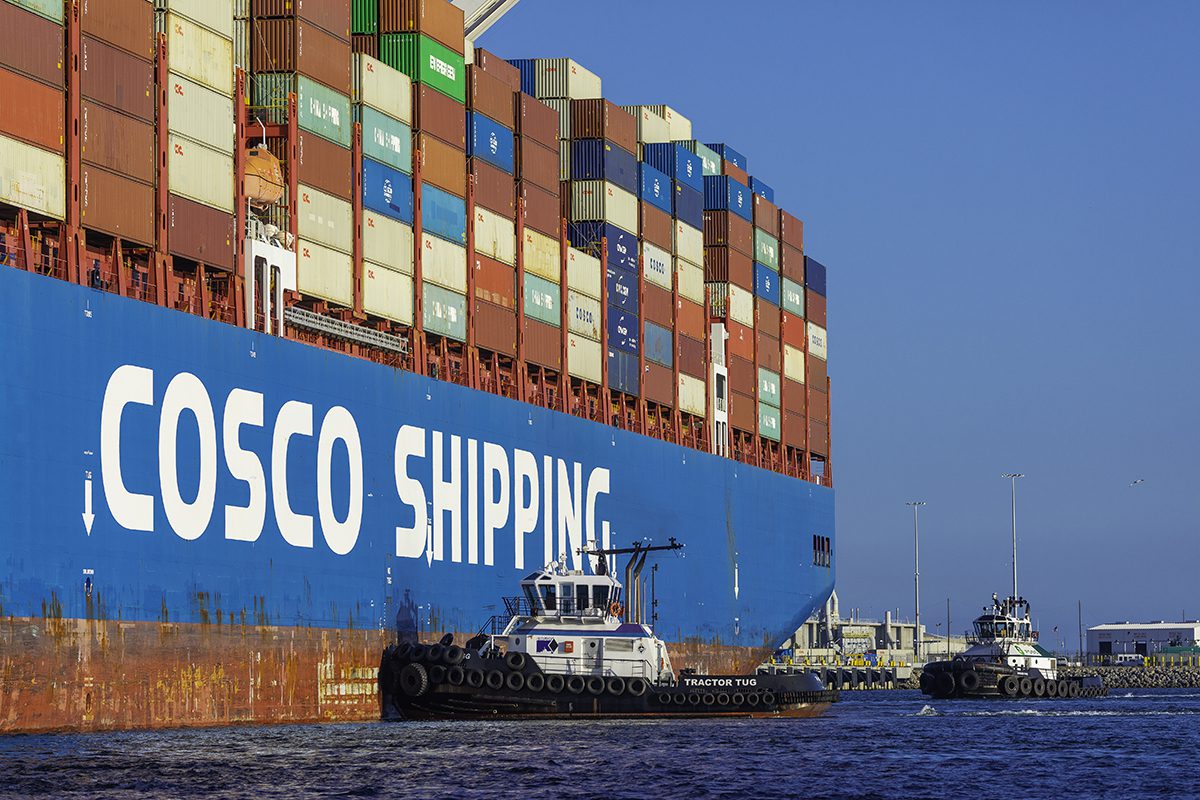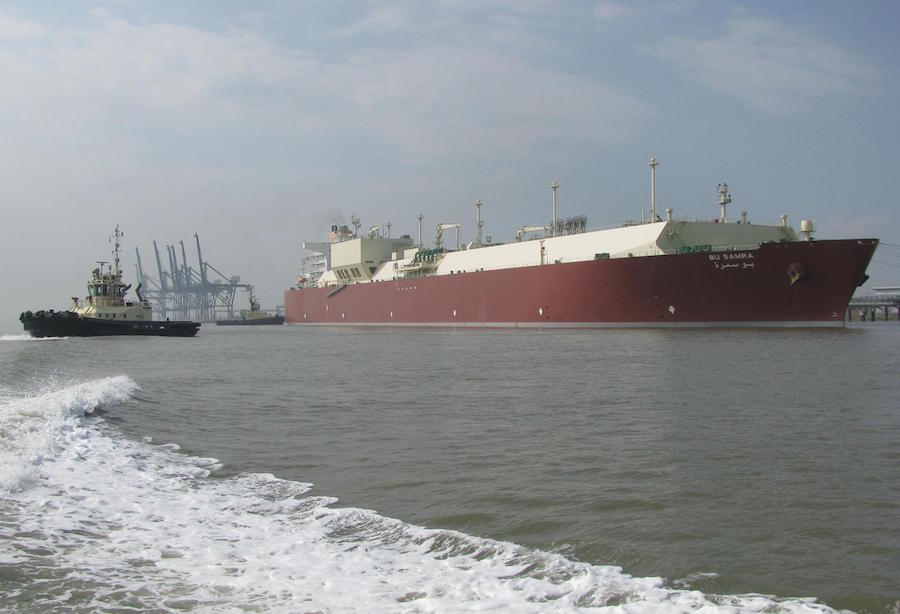The Maersk’s Triple-E giant container ship Maersk Majestic, one of the world’s largest container ships, is seen at the Yangshan Deep Water Port, part of the Shanghai Free Trade Zone, in Shanghai, China, September 24, 2016. REUTERS/Aly Song
By Enda Curran and Michael Heath (Bloomberg) — For all the talk of globalization’s retreat amid the mercantilist rhetoric of Donald Trump, it’s proving to be a very different story in Asia.
Exports are resurgent, governments are pursuing free-trade deals, and rather than bringing jobs back home, American automakers are planning new facilities in China. That early-2017 angst over potential for a trade war is now turning into recognition there’s been something of a trade bonanza as the global economy’s strongest synchronized upswing in seven years drives demand for Asian-made goods.
But can it last? U.S.-China tensions are mounting again: from accusations of intellectual property theft to a global steel glut to North Korea’s nuclear saber-rattling. And with China’s economy expected to slow after a bumper first half and demand from the U.S. and Europe unlikely to increase significantly, weaker global trade is on the horizon, according to Louis Kuijs, head of Asia economics at Oxford Economics in Hong Kong.
For those who prefer to see a glass half full, leading indicators of trade — manufacturing export orders and shipping rates — remain high and global growth in the next few years is forecast to remain robust. And while the threat of a trade war remains just a tweet away, so far the Trump administration has proven far more reticent to take on China than campaign rhetoric implied.
“Clearly you don’t have geo-economics looking anything like geopolitics,” said Parag Khanna, a senior research fellow in the Center on Asia and Globalization at the Lee Kuan Yew School of Public Policy at the National University of Singapore. “Globalization is advancing very strongly and trade within Asia is certainly growing very strongly.”
Virtuous Circle
That’s brought about a virtuous economic circle: Taiwan’s trade surplus hit a record high, Vietnam’s exports surged, Japan’s overseas shipments expanded for seven straight quarters, South Korea’s shipments jumped 20 percent in July, and China’s exports in yuan terms climbed 15 percent in the first half from the same period a year earlier.
Former World Bank President Robert Zoellick pointed out Monday that this is the first year in some time that all of the Group of 20 nations are likely to be expanding, while noting there’s some nervousness about whether the U.S. will take more protectionist steps.
“The overall economic conditions are one where people are feeling better, and the broad-based nature of the world economy’s growth gives people some comfort,” Zoellick said in an interview With Bloomberg Television. “But geopolitical issues like North Korea, or frankly how the U.S. conducts itself, those are risks.”
Chinese trade figures due Tuesday are expected to show exports rose 11 percent in dollar terms from a year earlier in July, according to survey of economist as of late Friday, continuing a robust run for shipments from the world’s biggest trading nation.
And structural changes have also been taking shape that set up future trade ties. The European Union and Japan last month announced they had endorsed a preliminary free-trade agreement that would eliminate 99 percent of tariffs between the bloc and the world’s third-largest economy.
Ford, Tesla
Ford Motor Co. in June canceled plans to build its Focus in Mexico and announced the car would be assembled in China instead. The model — the first made-in-China vehicle for American buyers — may become the Asian nation’s biggest automotive export ever. Tesla Inc. also has its eyes on China. The electric car firm is close to an agreement with the city of Shanghai to make vehicles in China for the first time.
The International Monetary Fund last month noted the world economy is relying less than expected on the U.S. and U.K. and more on China, Japan, the euro zone and Canada.
But plenty could go wrong. U.S. officials are gearing up to investigate China over what the administration perceives to be violations of intellectual property — a charge Beijing rebuffed Thursday. Ministry of Commerce spokesman Gao Feng said China pays “high attention” to intellectual property and wants to maintain good cooperation with the U.S.
Trump clearly wants to do something about America’s trade shortfall with China. The complication: a lot of products the U.S. imports from China — televisions, computers, smart phones and the like — are made by western companies, said David Dollar, a senior fellow at the Brookings Institution in Washington.
“They start with value added from the U.S., they get some parts and components from Japan, South Korea or Taiwan, they’re assembled in China,” he said in a Podcast. “So it may sound very smart: we’re going to put a 45 percent tariff on Chinese products to teach them a lesson, but actually we’ll end up hurting a lot of our own firms and workers and be hurting allies such as those Asian countries.”
Another weakness on pure economic grounds is that much of the export recovery reflects a wider rebound in commodity prices, putting a gloss on the overall figure. A maturing cycle of smartphone upgrades that has fueled demand for Chinese purchases of electronics components will also impact. Then there’s the prospect of further interest rate hikes by the U.S. Federal Reserve, which could weigh on demand.
Baton Passed
As the U.S. under Trump has retreated into America First rhetoric, China has championed the benefits of globalization and pushed a policy to expand its economic might in the region. It has pursued trade agreements and infrastructure investment — via its Belt and Road initiative — in neighboring countries and is importing a wider mix of goods than commodities to meet the needs of its burgeoning middle class.
“East Asia is turning into fortress Asia, a nexus of intra-regional trade with markets that are replacing the major markets of western Europe and the U.S.,” said Edith Terry, author of How Asia Got Rich: Japan, China and the Asian Miracle. “As Chinese manufacturing becomes more sophisticated, supply chains link China, Southeast Asia, Japan and Korea and are less vulnerable to demand shocks elsewhere.”
© 2017 Bloomberg L.P

 Join The Club
Join The Club











